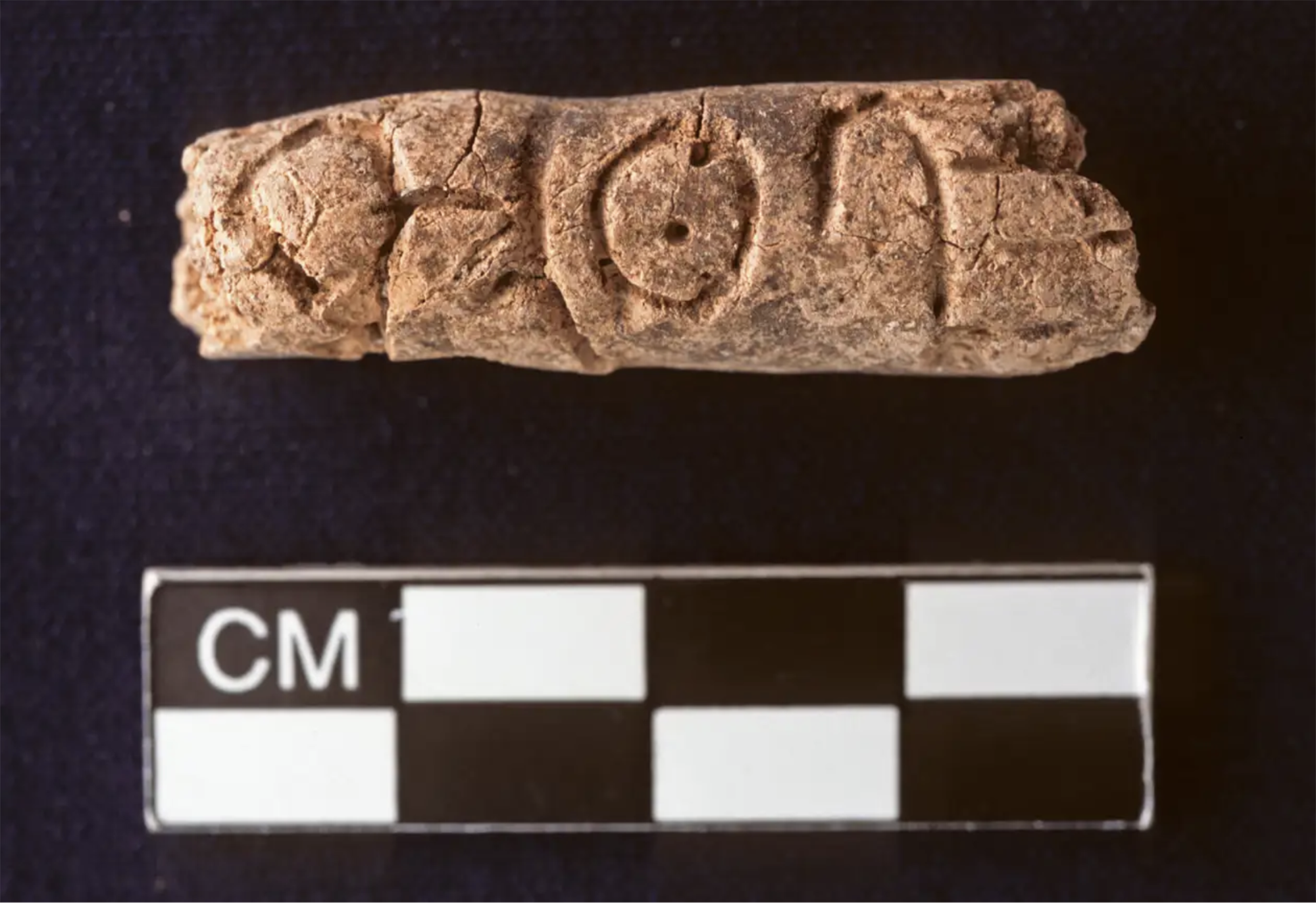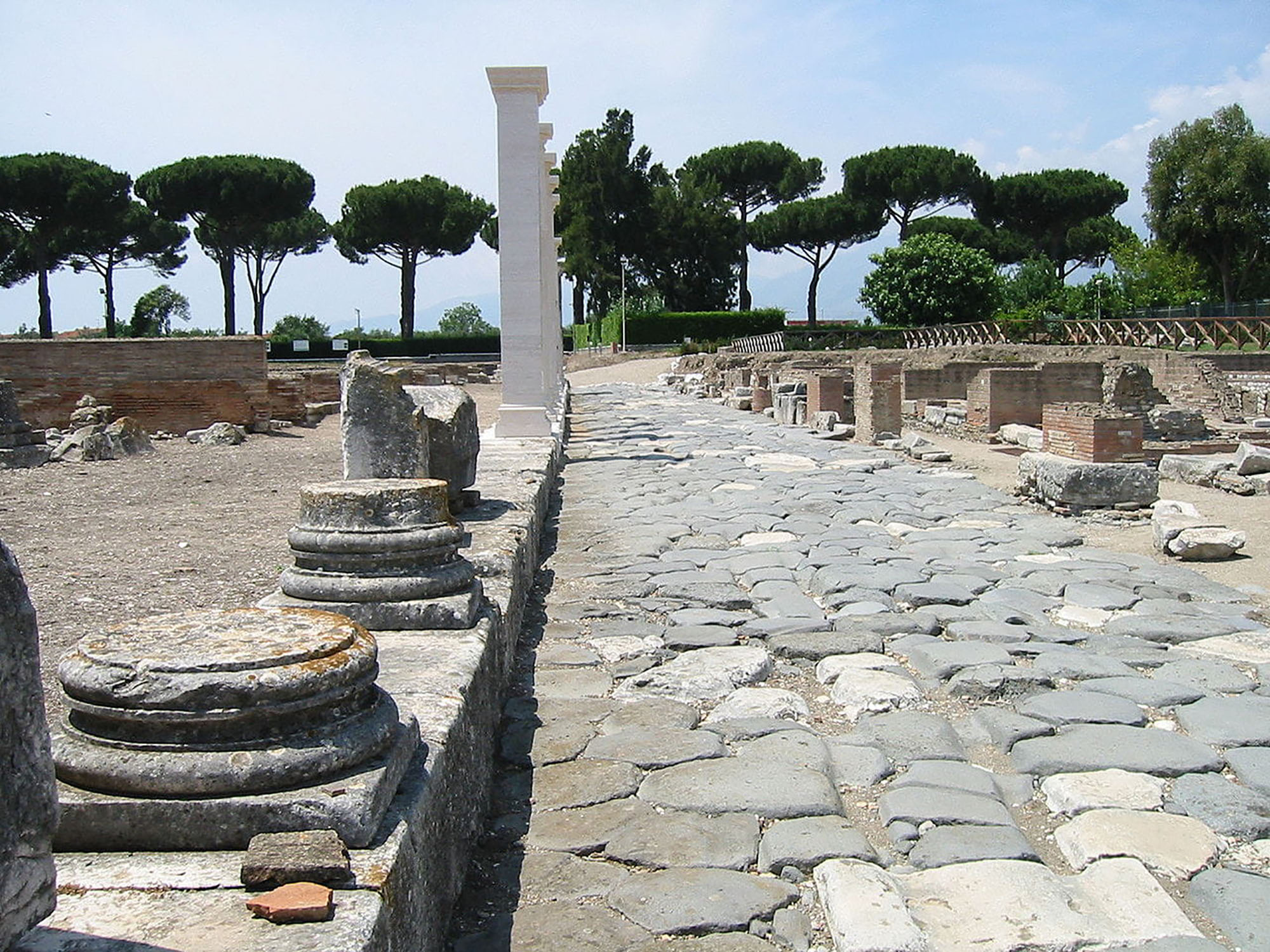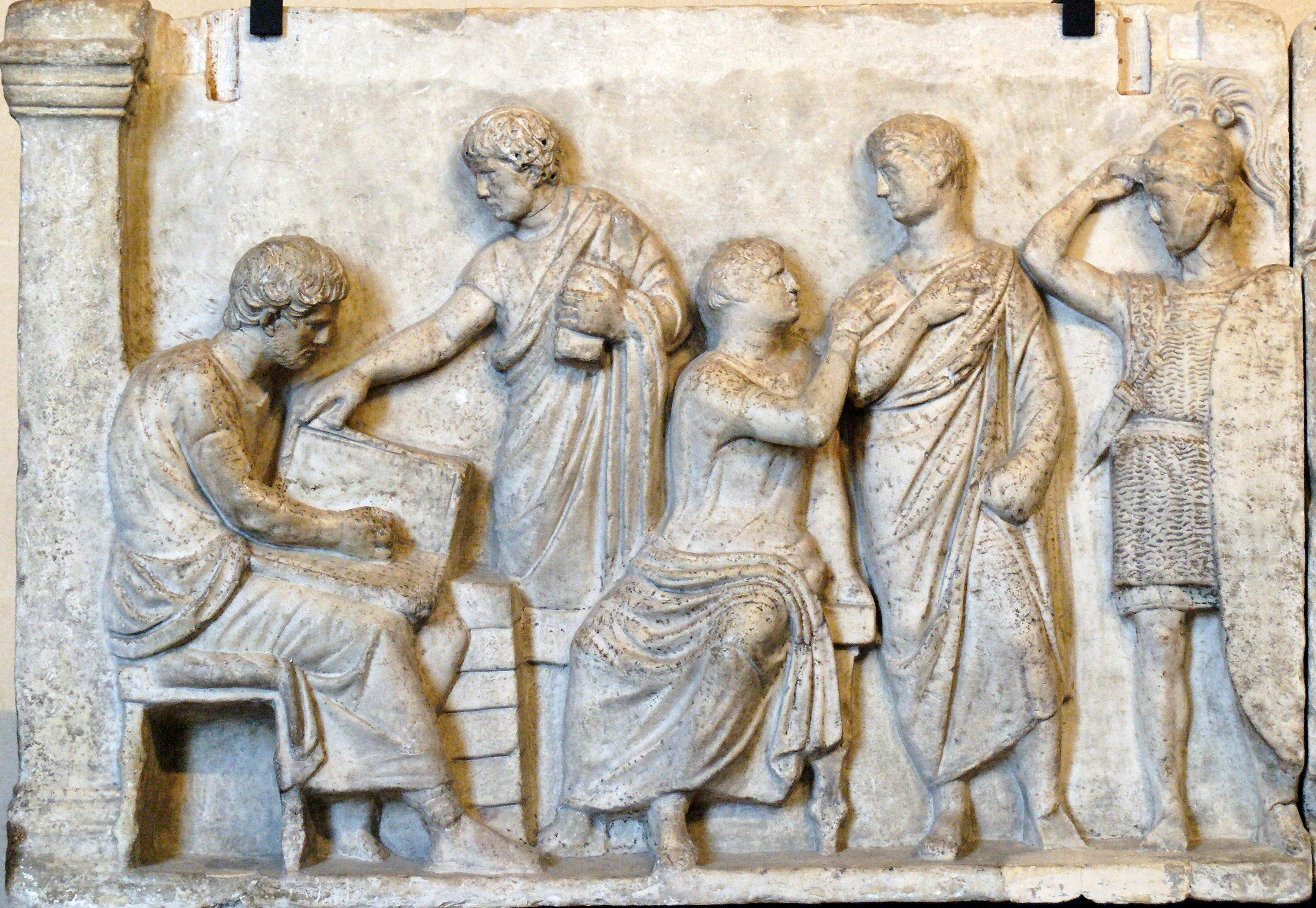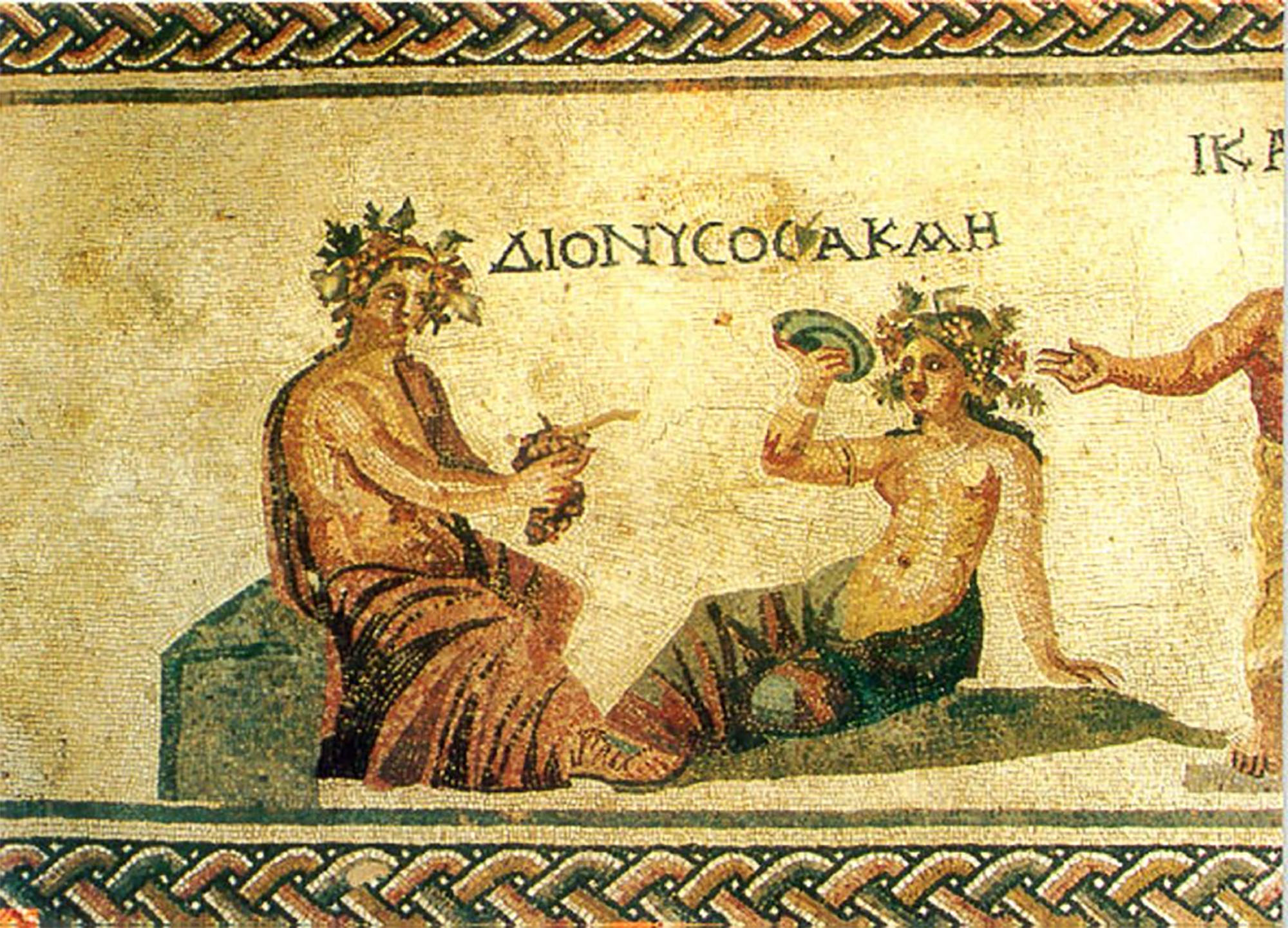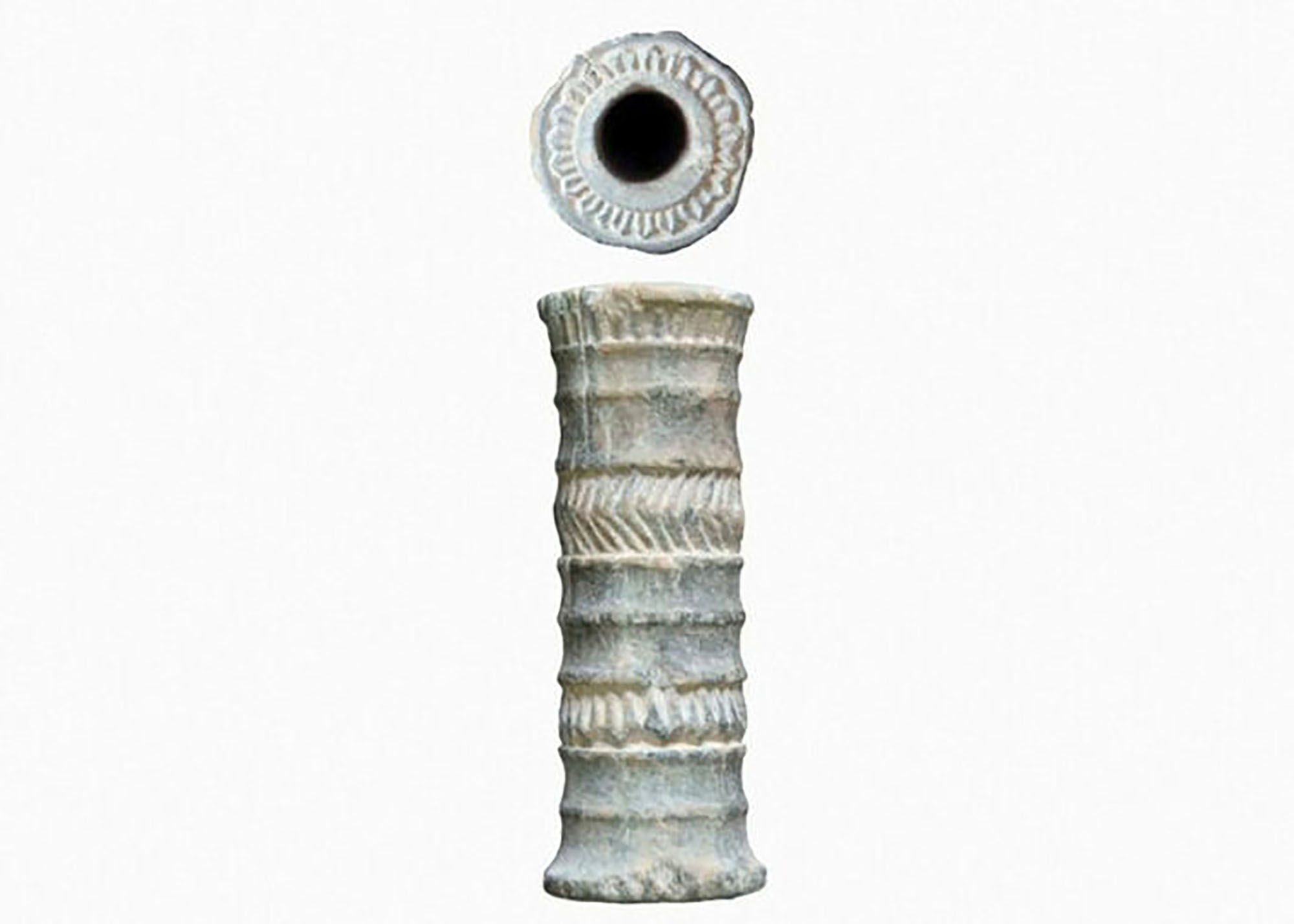Difficulties of simplicity
- Rome, a. C. 1st century Poet Ovidio wrote that “the field without grass, the leafless bush and the head without hair are infamous.” And I wasn't the first to express that concern. In the papyrus Ebers (c. In the medical treaty of about 1,500 years) it is stated that in Egypt the exordium consecrated to Ra against baldness had to be recited and then given a touch of onion, red lead, honey, iron and alabaster on the head. A remedy with lion fat, hippopotamus, crocodile and snake was also attempted.

In ancient Greece, Aristotle tried to find an explanation for the shortage of hair in his head. “Lust cools the upper part of the body, because little blood comes in, and in those parts the food is not digested. Without food, the hair falls off.” Hippocrates (c. Around 460-370) it was used as a codend: on a scalp that gave a cure made of ascuas, cumbers, pigeons and nettles. To explain the phenomenon that so embarrassed him, Aristotle felt more exquisite than Aristotle: he realized that eunucos did not lose their hair and was the first to relate hair loss to sexual organs. He didn't know why it happened, but in the 20th century scientists showed that the removal of the testicles is not DHT (dihydrotestosterone), the main cause of male baldness. Therefore, Hippocrates found the remedy, the castration, but it was not very successful.
Julio César (c. 100-44) seemed to be more afraid of losing hair than the March idols. Historian Suetonio said, “It was the custom of combing a small hair over his head.” Cleopatra himself had prepared an ointment made of mouse ashes, bear fat, horse teeth and spinal cord. As I had not achieved any results, I saw no other way than to conceal. He asked the Senate for permission to use every day the crown or flush crown, which was only used in military victories, so from then on, the symptom of the aesthetic complex became a symbol of the power of the emperors.
Researchers at Johns Hopkins University have discovered several cylinders with inscriptions at the present Syrian Reservoir, the Tell Umm-el Marra. Experts believe that the signs written in these pieces of clay can be alphabetical.
In the 15th century a. The cylinders have... [+]
A group of interdisciplinary researchers from the Free University of Berlin and the Zuse Institute have developed a complex mathematical model to better understand how Romanization spread in North Africa.
According to a study published in the journal Plos One, the model has... [+]
Although it was thought that in most of the cities of the Roman Empire there were jails, little remains have been found of the prisons of the time in the fields.
Recently, however, the archaeologist at the University of Copenhagen, Matthew Larsen, has identified the Roman... [+]
The TRAILER of the film Gladiator II, which will be released in the autumn, already shows in less than three minutes an error or a historical license.
Ridley Scott's film celebrates a naumaki or naval battle at the Colosseum. The expensive show was held three times in the Roman... [+]
Rome, towards the year 100 d. C. The poet Juvenal received the X. In Satira: “For a long time, particularly since we have to sell the vote, this people has lost interest in politics. Before, the head, the lots, the legions and, after all, they gave it all, but now they let it... [+]
Gulf of Ambracia (Ionian Sea). In the 15th century a. 2 September 31. The Romans achieved victory in the naval battle of Accio and ensured control over Egypt. Therefore, the Greek hegemony in the Mediterranean is concluded on that date, but the Hellenic influence has remained so... [+]
This winter the archaeologists of the INRAP (National Institute of Preventive Archaeological Research) have found a special necropolis in the historic centre of Auxerre (French State), a Roman cemetery for newborn babies or stillbirths. - Oh, good! The necropolis used between... [+]
It was founded by R about 6,500 years ago. And recently, the archaeologist at the German Institute of Archaeology, Max Haibt, has created the city's "digital twin," using the technology used in video games.
The team has made a three-dimensional record of the 40 square kilometres... [+]
Rome, a.C. 443. Censors were elected for the first time. Two centuries later it would be the most important magistrature of the Republic. Every five years, they chose two censors among consular senators.
It was a position of great responsibility: they were primarily responsible... [+]
It has been considered that the wine drank by the ancient Romans was a poorly made wine, without body and with an unpleasant taste. But the work that researchers at the universities of Ghent and Warsaw have published in Antiquity has provoked the withdrawal of this belief.
The... [+]
A group of researchers from the Italian University of Padua analyzes a small stone boat discovered in Iran in 2001. In particular, the fingerprints inside the bottle have been analysed and have been shown to contain fine hematite – red mineral oxide, manganite, braunita and... [+]
Mostafa Waziri, Secretary General of the Upper Ancient Council of Egypt, recently presented the gigantic restoration project of the Mizerino pyramid: They will cover the man's smallest pyramid with granite blocks to regain its original appearance. Although Waziri has... [+]











